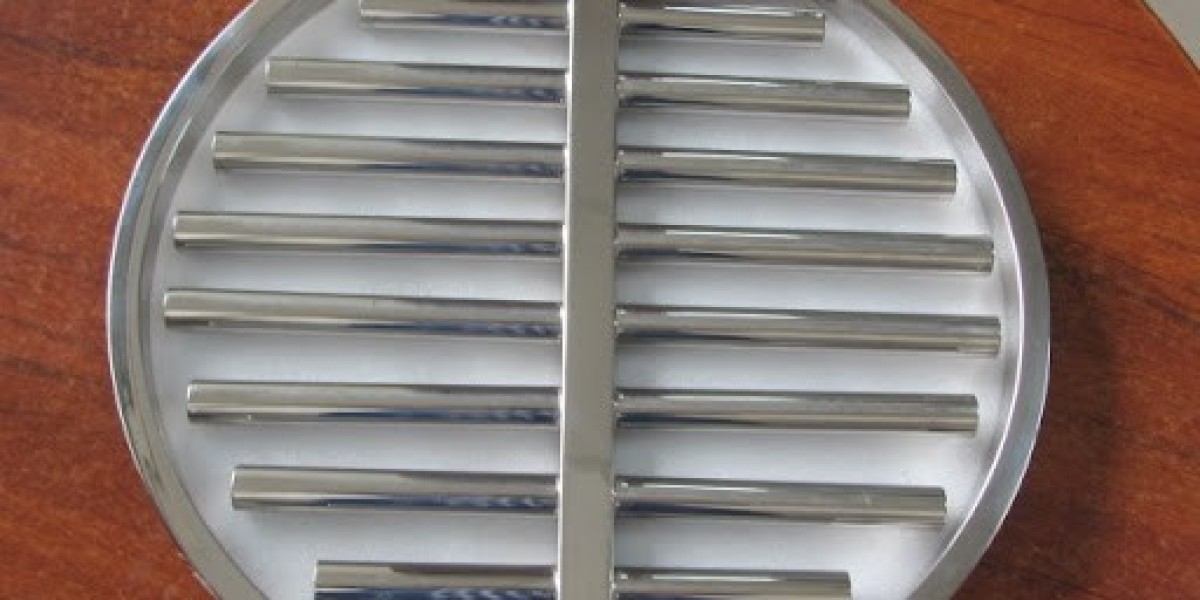In the world of industrial manufacturing and processing, maintaining efficiency is key to success. One vital component that often goes unnoticed but plays a crucial role in ensuring smooth operations is the hopper magnet. These powerful magnets are essential tools in various industries, designed to remove unwanted ferrous contaminants from materials during production. In this blog, we’ll explore the benefits of hopper magnets, how they work, and their applications across different sectors.
What is a Hopper Magnet?
A hopper magnet, or a magnetic grid or grate magnet, is a magnetic device installed within hoppers, bins, or chutes where raw materials are fed into processing equipment. Its primary function is to capture and remove ferrous metal particles from the material flow, preventing these contaminants from entering further stages of production. Hopper magnets are typically made of high-strength magnetic materials such as neodymium or ceramic magnets, which provide a strong magnetic field capable of attracting even the smallest metal fragments.
How Do Hopper Magnets Work?
Hopper magnets are strategically placed within the flow of material inside a hopper or feeding system. As the material passes through or over the magnetic grid, any ferrous contaminants, such as iron, steel, or other magnetic metals, are attracted to the magnet and held securely. The clean material continues to flow through the system, while the contaminants remain trapped by the magnetic bars or plates. This process ensures that the final product is free from metal impurities, which can cause damage to processing equipment or compromise product quality.
The Benefits of Using Hopper Magnets
Enhanced Product Quality: One of the primary benefits of using hopper magnets is the significant improvement in product quality. By removing metal contaminants early in the production process, manufacturers can ensure that the final product is pure and meets industry standards.
Protection of Equipment: Metal contaminants can cause severe damage to processing machinery, leading to costly repairs and downtime. Hopper magnets act as a protective barrier, preventing these contaminants from reaching sensitive equipment and reducing the risk of mechanical failure.
Increased Efficiency: By preventing metal contamination, hopper magnets help maintain a consistent flow of materials through the production line. This leads to increased efficiency and productivity, as there are fewer interruptions and less need for maintenance.
Cost Savings: Investing in hopper magnets can result in significant cost savings over time. By reducing equipment damage, minimizing downtime, and improving product quality, businesses can avoid expensive repairs and potential product recalls.
Applications of Hopper Magnets
Hopper magnets are used in a wide range of industries where material purity is crucial. Some common applications include:
Food Processing: In the food industry, hopper magnets are essential for ensuring that food products are free from metal contaminants, which can pose health risks to consumers. They are used in the processing of grains, spices, dairy products, and more.
Pharmaceuticals: In the pharmaceutical sector, maintaining the purity of ingredients is critical. Hopper magnets help remove ferrous contaminants from raw materials, ensuring that medicines and other products meet strict quality standards.
Plastics and Polymers: Hopper magnets are used in the plastics industry to remove metal particles from plastic pellets and resins before they are molded into final products. This helps prevent defects and ensures the quality of the finished goods.
Chemicals and Powders: In the chemical industry, hopper magnets are used to remove metal contaminants from powders and granular materials, ensuring that the final products are pure and free from impurities.
Choosing the Right Hopper Magnet
When selecting a hopper magnet, it’s essential to consider factors such as the strength of the magnet, the size of the hopper, and the type of material being processed. Neodymium magnets, for example, offer a higher magnetic strength and are ideal for applications where even the smallest metal particles need to be captured. Additionally, the design and configuration of the magnet should be tailored to the specific needs of the production line to ensure maximum efficiency.
Conclusion
Hopper magnets are a vital component in modern manufacturing processes, providing an effective solution for removing ferrous contaminants from materials. By enhancing product quality, protecting equipment, and improving overall efficiency, these powerful magnets contribute significantly to the success of various industries. Whether in food processing, pharmaceuticals, or plastics, hopper magnets are an essential tool for any business looking to maintain high standards and achieve operational excellence.












